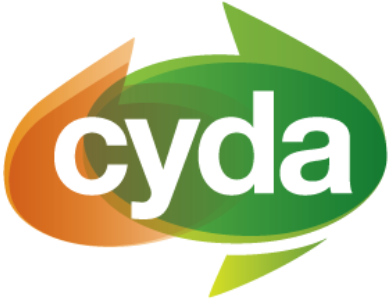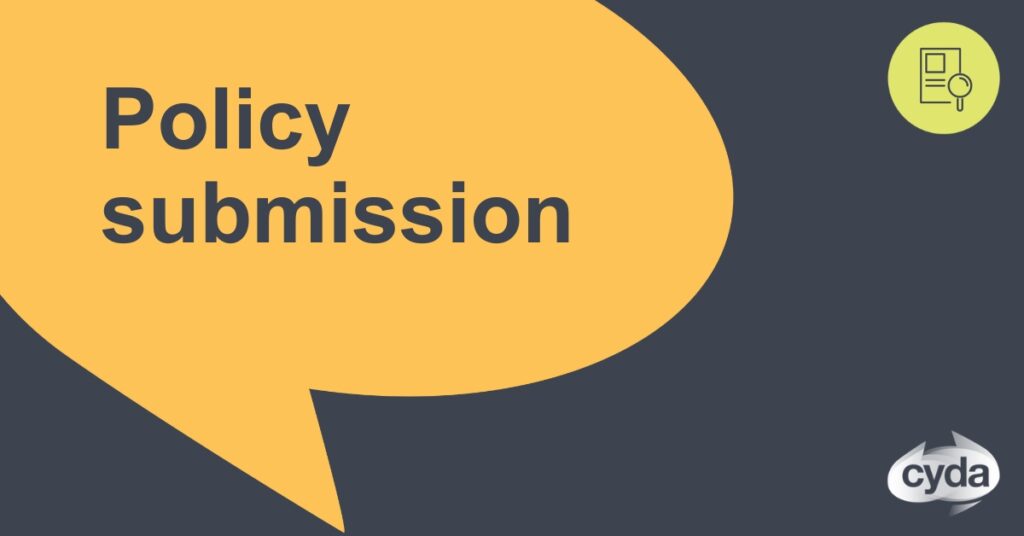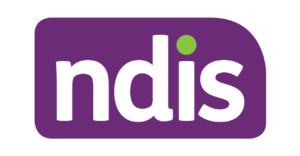Through our work facilitating the engagement of children and young people with the Disability Royal Commission, we have made an extensive list of important recommendations across 22 submissions.
In the context of evidence demonstrating the additional ways that children and young people with disability are oppressed and marginalised due to their age and legal status, and drawing on data gathered from children and young people with disability, we have distilled our key recommendations in this submission.
Download the full submission using the buttons above.







